静电纺丝制备复合纳米纤维及其在废水处理中的应用
摘要摘要随着工业的迅速发展,环境污染已经日益受到社会和人们的重视。在环境治理领域中,重金属及染料废水的治理一直是科研工作者研究的重点和热点,也是社会广泛关注的焦点。六价铬容易被人体吸收并在体内积累,具有致癌并诱发基因突变的危害。同时,多数染料及染料中间体都具有致癌、致畸及致突变效应,而染料废水因具有水质复杂,色度高、毒性大、可生化降解性较差等特点,一直是废水治理的难点,对生态环境和人类健康危害非常之大。因此,对重金属六价铬及染料废水的治理的研究具有十分重要的意义。纳米纤维具有独特和新颖的物理及化学特性,被广泛应用于环境治理等领域。本研究以纳米纤维为基材,结合静电纺丝技术,制备具有大的比表面积、...
相关推荐
-
我国基层财政困难的制度成因分析与对策研究VIP免费
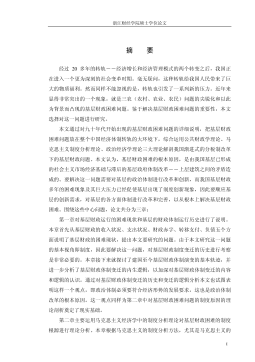
 2024-09-20 46
2024-09-20 46 -
我国煤电产业链纵向交易合约机制研究VIP免费
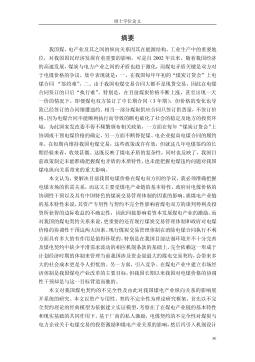
 2024-09-20 43
2024-09-20 43 -
生产要素视角下的上海市产业结构优化研究VIP免费
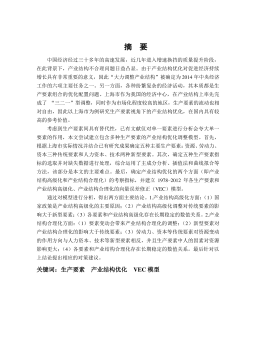
 2025-01-09 8
2025-01-09 8 -
我国银行业结构与经济结构关系研究VIP免费
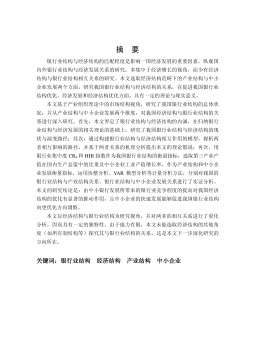
 2025-01-09 17
2025-01-09 17 -
大数据视角下农业供应链金融研究VIP免费
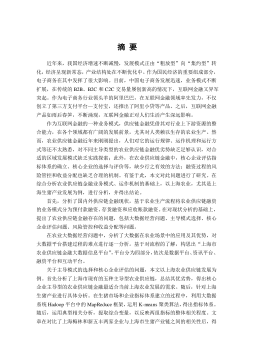
 2025-01-09 14
2025-01-09 14 -
跨国大型综合超市的规划研究VIP免费
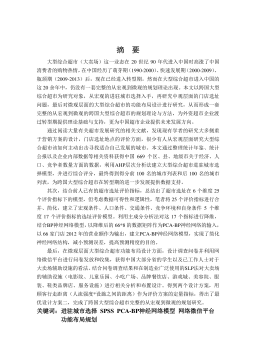
 2025-01-09 9
2025-01-09 9 -
跨境电商农产品质量安全问题研究VIP免费
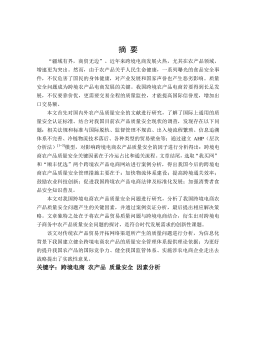
 2025-01-09 9
2025-01-09 9 -
世界市场的虚拟化与我国国际电子商务发展方向研究VIP免费
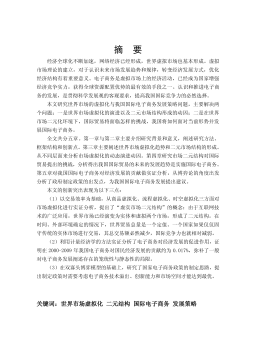
 2025-01-09 43
2025-01-09 43 -
中国政府对电力行业的价格规制问题研究VIP免费
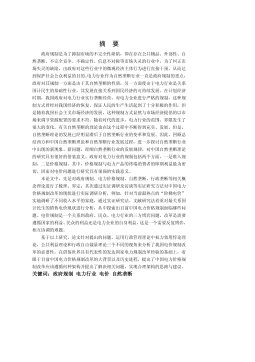
 2025-01-09 18
2025-01-09 18 -
中小企业信息化系统集成技术研究VIP免费

 2025-01-09 30
2025-01-09 30
相关内容
-

跨国大型综合超市的规划研究
分类:高等教育资料
时间:2025-01-09
标签:无
格式:PDF
价格:15 积分
-

跨境电商农产品质量安全问题研究
分类:高等教育资料
时间:2025-01-09
标签:无
格式:PDF
价格:15 积分
-

世界市场的虚拟化与我国国际电子商务发展方向研究
分类:高等教育资料
时间:2025-01-09
标签:无
格式:PDF
价格:15 积分
-

中国政府对电力行业的价格规制问题研究
分类:高等教育资料
时间:2025-01-09
标签:无
格式:PDF
价格:15 积分
-

中小企业信息化系统集成技术研究
分类:高等教育资料
时间:2025-01-09
标签:无
格式:PDF
价格:15 积分






